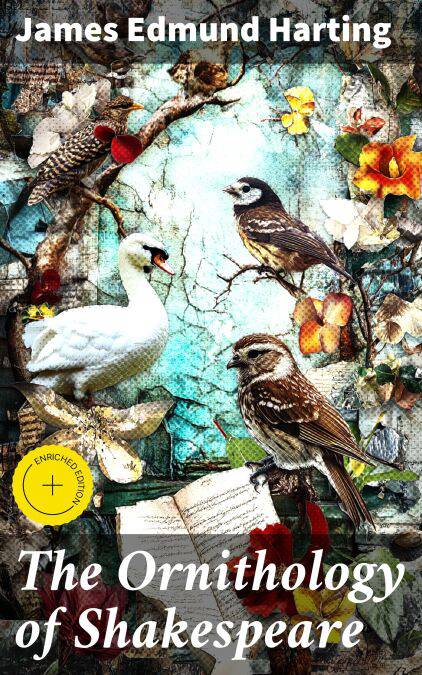
- Retrait en 2 heures
- Assortiment impressionnant
- Paiement sécurisé
- Toujours un magasin près de chez vous
- Retrait gratuit dans votre magasin Club
- 7.000.0000 titres dans notre catalogue
- Payer en toute sécurité
- Toujours un magasin près de chez vous
The Ornithology of Shakespeare EBOOK
Enriched edition. Critically examined, explained and illustrated
James Edmund Harting
Ebook | Anglais
2,49 €
+ 2 points
Format
Description
In "The Ornithology of Shakespeare," James Edmund Harting meticulously explores the avian references embedded in Shakespeare's plays and poetry, offering a unique lens through which to understand the Bard's work. Harting's scholarly examination encompasses a broad range of bird species, analyzing how these references not only enhance the narrative but also mirror the social, psychological, and ecological contexts of Elizabethan England. The book is marked by a rich literary style, merging rigorous ornithological research with an appreciation for Shakespeare's artistry, making it an invaluable resource for both birdwatchers and literature aficionados alike. James Edmund Harting was a noted natural historian and ornithologist, whose passion for the natural world and its intersection with literature informed his literary contributions. Harting's extensive background in this field, coupled with his admiration for Shakespeare, inspired him to delve into the metaphorical significance of birds in the playwright's oeuvre. His commitment to unearthing connections between nature and human experience shaped this work, revealing unseen dimensions of Shakespeare's genius. Harting's "The Ornithology of Shakespeare" is a must-read for scholars and enthusiasts of both Shakespearean literature and ornithology. It invites readers to appreciate the enduring relevance of Shakespeare's insights into natural life, while also enhancing their understanding of the intricate relationships between language, culture, and the avian world. A compelling fusion of literature and science, this book promises to enrich your knowledge and appreciation of both realms.
In this enriched edition, we have carefully created added value for your reading experience:
- A succinct Introduction situates the work's timeless appeal and themes.
- The Synopsis outlines the central plot, highlighting key developments without spoiling critical twists.
- A detailed Historical Context immerses you in the era's events and influences that shaped the writing.
- An Author Biography reveals milestones in the author's life, illuminating the personal insights behind the text.
- A thorough Analysis dissects symbols, motifs, and character arcs to unearth underlying meanings.
- Reflection questions prompt you to engage personally with the work's messages, connecting them to modern life.
- Hand‐picked Memorable Quotes shine a spotlight on moments of literary brilliance.
- Interactive footnotes clarify unusual references, historical allusions, and archaic phrases for an effortless, more informed read.
In this enriched edition, we have carefully created added value for your reading experience:
- A succinct Introduction situates the work's timeless appeal and themes.
- The Synopsis outlines the central plot, highlighting key developments without spoiling critical twists.
- A detailed Historical Context immerses you in the era's events and influences that shaped the writing.
- An Author Biography reveals milestones in the author's life, illuminating the personal insights behind the text.
- A thorough Analysis dissects symbols, motifs, and character arcs to unearth underlying meanings.
- Reflection questions prompt you to engage personally with the work's messages, connecting them to modern life.
- Hand‐picked Memorable Quotes shine a spotlight on moments of literary brilliance.
- Interactive footnotes clarify unusual references, historical allusions, and archaic phrases for an effortless, more informed read.
Spécifications
Parties prenantes
- Auteur(s) :
- Editeur:
Contenu
- Nombre de pages :
- 1548
- Langue:
- Anglais
Caractéristiques
- EAN:
- 4064066204471
- Date de parution :
- 10-12-19
- Format:
- Ebook
- Protection digitale:
- Digital watermarking
- Format numérique:
- ePub

Seulement chez Librairie Club
+ 2 points sur votre carte client de Librairie Club
Les avis
Nous publions uniquement les avis qui respectent les conditions requises. Consultez nos conditions pour les avis.






